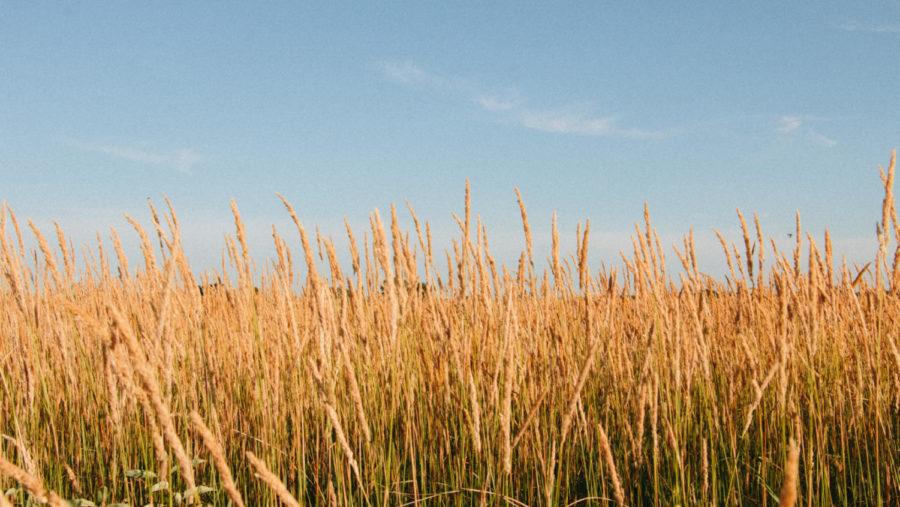Iowa State researchers receive grant for prairie strips project
Emily Blobaum/Iowa State Daily
Doolittle Prairie is located less than 10 miles north of Ames, and is home to a variety of native flowers, prairie grass and wildlife.
April 30, 2019
Richard Cruse, professor of agronomy, and colleagues received a three-year grant of $746,000 from the Foundation for Food and Agriculture. With this money, researchers at Iowa State will continue to test how planting strips of prairie among row crops benefits the environment and how the soil changes over time after implementing the strips of prairie.
They will also examine how quickly soil health goes back to its previous state after the strips are removed and the land is converted back into crop production.
“We know that prairies have the capacity to improve soil health, improve soil structure and organic matter to the soil, make it more suitable for crop production,” Cruse said.
Cruse and colleagues are researching the income the strips may bring. Additionally, erosion, surface hydrology and how water moves through prairie strips will be taken into account. Iowa State scientists plan to convert some existing prairie into row crops and measure several variables related to soil health over time. They plan to convert some acres devoted to row crops into new prairie.
“Farmers will potentially use something like this in their ways to make money,” Cruse said. “We’re asking the question of what alternative cash flow [opportunities] might there be. For instance, hunting birds and critters use the strips. Honey; with any prairie mix in the field where you have more flowers, you could have suitable honey production and make it financially worth while.”
The experiments will take place at the Neal Smith Wildlife Refuge near Prairie City, Iowa, where previous research by Iowa State has also been done. There will also be experimental sites belonging to cooperating farmers in Iowa and Missouri.
Tea bags will also be used to help measure biological activity in the soil. Different tea varieties contain various proportions of nitrogen and carbon and, depending on how fast they decay, will show how good the soil could be for crop production.
“We know the soil in the Midwest are degrading which means they’re eroding,” Cruse said. “Our erosion rates are ten times faster than the soil renewal rates are. We’ve lost all organic matter. There are offsite impacts, there are water quality issues, this is an approach where farmers can still produce and still get a disproportionate benefit of having the prairies in the farms. We’re kind of making a win-win situation.”







